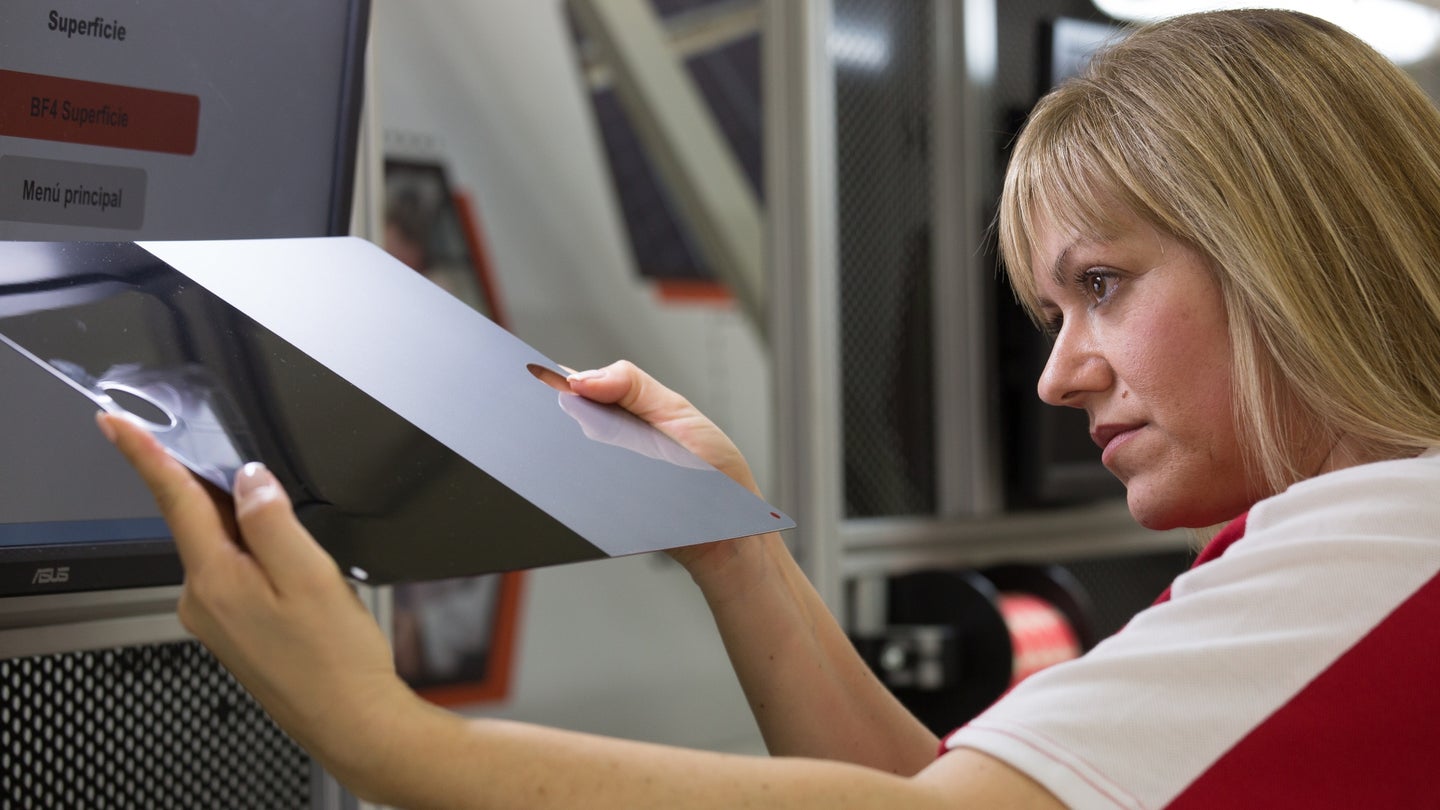Seat Employees to Have Their Senses Sharpened at New Lab
Technology will never replace the human element at the Volkswagen Group.

Seat, the Spanish automobile manufacturer, has introduced a new training program to sharpen senses of employees who certify the quality of cars.
At the Sensory Training Center, located in the manufacturing plant at the company’s Barcelona headquarters, they will offer a specialized training course that is intended to hone at least four of the senses, namely sight, hearing, touch, and smell, to help the specialists responsible for the final inspection with their signing off duties before their vehicles leave the factory.
According to Seat's press release, “Human beings can detect more than 10,000 different smells, hear sounds with frequencies of between 20 and 20,000 Hz, and distinguish millions of colors. Although the senses are largely an innate capacity in people, they can be trained to learn how to optimize them.”
The training consists of several practical exercises including a smell test, where the students have to identify whether the smell of the leather or plastic is suitable for use. When it comes to hearing tests, the participants have to detect possible discordant sounds in a simulator. As for vision, following their training, they are able to detect “deviations of 1 millimeter or slight color variations that are difficult to perceive at first sight," confirms Álvaro Niño, the lead teacher of the course at the Quality Training Center.
Around 260 members of the Seat staff will be attending the course. This includes new as well as current personnel, who as part of the program will be updating their skills and knowledge every two years. At the plant, nearly 2,300 cars are inspected on a daily basis and in order to accurately verify the quality of the cars, the team performs an inspection routine around each vehicle that lasts approximately eight minutes. They are made to inspect the interior and exterior as well as make sure that the doors and trunk close correctly so they can give the car the ‘Q’ for quality before it leaves the production line.
At the manufacturer's production facility, 2,000 robots in the sheet metal workshop and 125 autonomous robots in workshops 9 and 10 work side-by-side every day with the 7,000 workers in the Martorell factory. Álvaro says, “We have the tools, we have the technology, but we can never replace the human element.”
